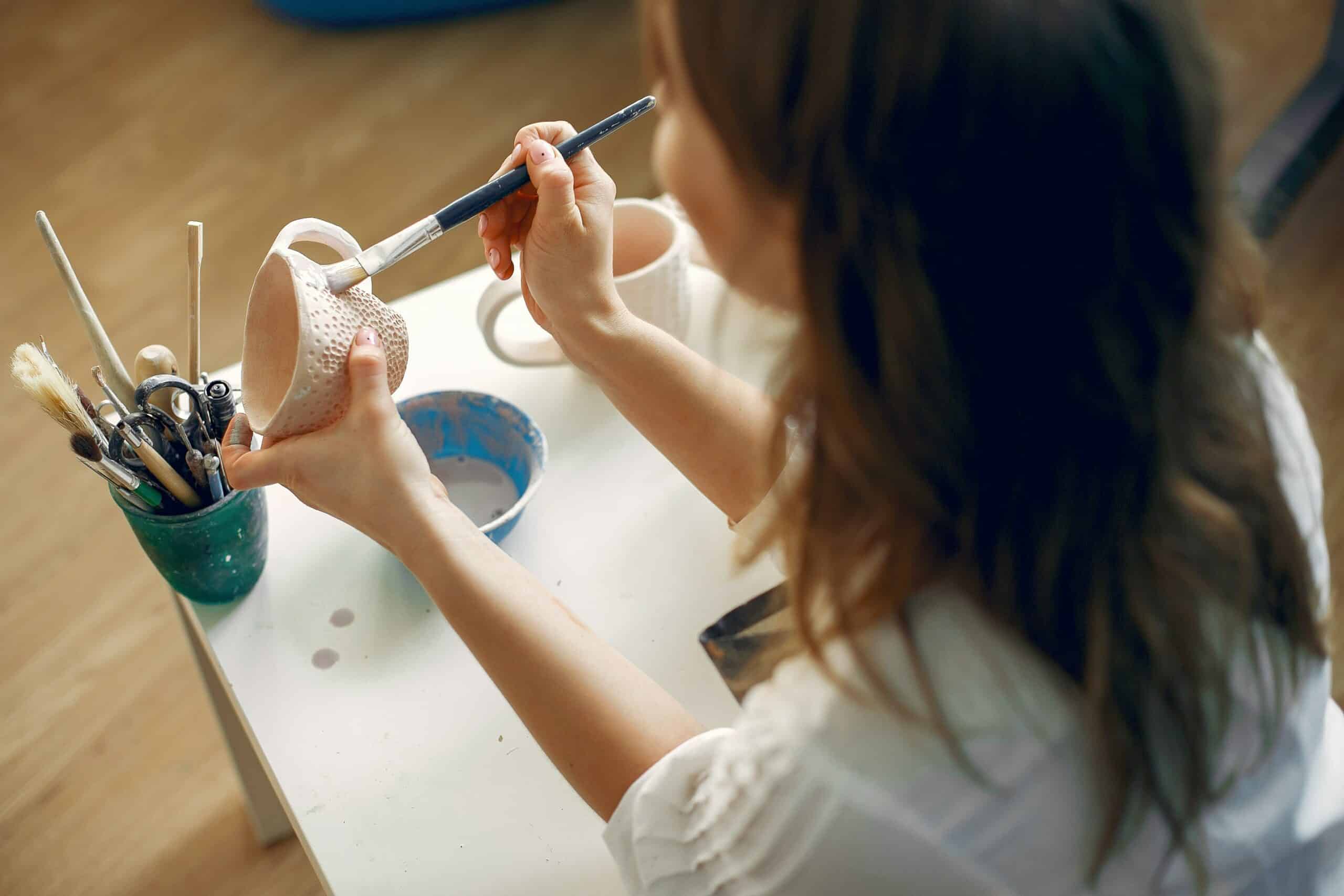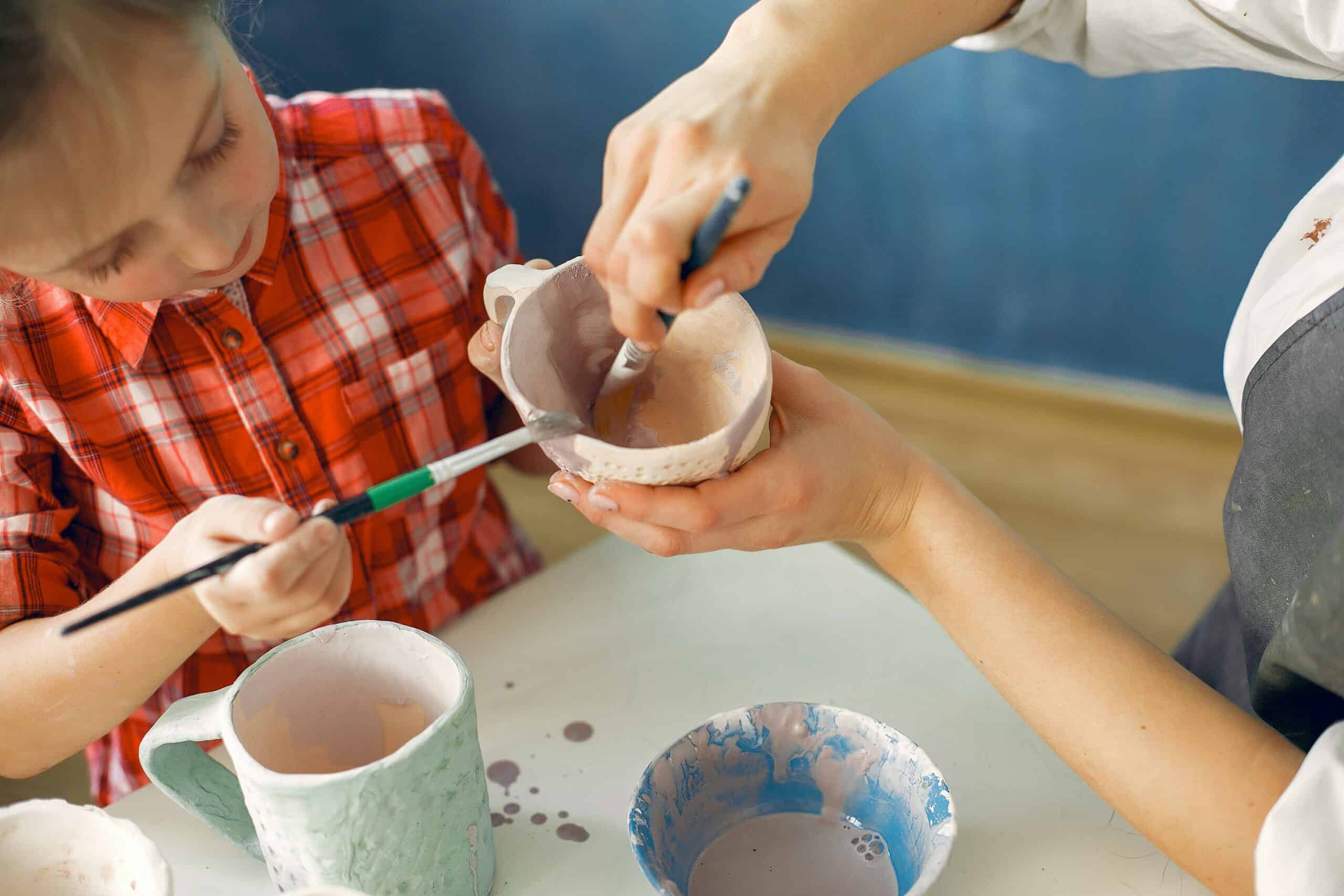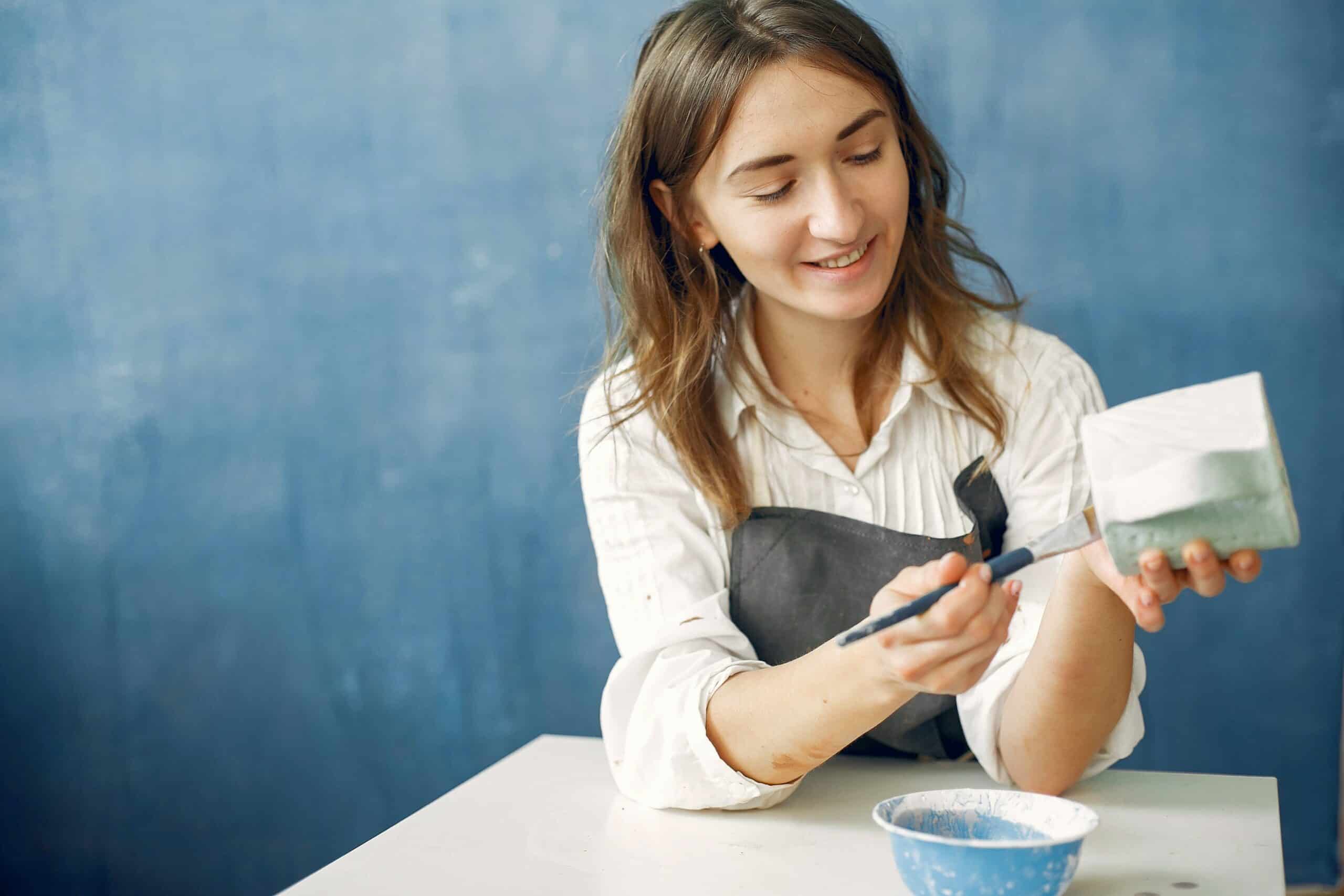Advanced Ceramic Painting Techniques
Hey everyone, I'm a ceramic painting specialist and I'm here to share with you some of my favorite techniques! Painting on ceramics is one of the most rewarding art forms – it's fun and creative, and you get an amazing result. Whether you're just starting or are a seasoned artist looking for new ideas, there's something in this article for everyone. In these three paragraphs, I'll outline exactly what kind of ceramic painting techniques you can expect to find discussed in more detail later down the page.
First off let’s talk about brushwork – if you want your work to stand out from the crowd then mastering different brushes and strokes is essential. You need to be able to blend colors seamlessly as well as make precise details when needed. There are also lots of tips and tricks that will help make your brushstrokes look even better than before!
Next up we have glazing techniques that allow you to create interesting textures and effects by layering transparent coats over colored paints. Glazes come in many varieties so experimenting with different types is key; playing around with thicknesses, opacity levels, and firing temperatures can all yield unique results. Finally, combining both brushwork and glazing can open up a world of possibilities! You can combine them into one design or use each technique separately - it depends on your style and preference.
So there we have it – those are just three topics that I’m going to delve into during this article about ceramic painting techniques! Keep reading for more detailed information about each one plus lots of examples as well as helpful advice from experienced artists like me who know their stuff when it comes to ceramics!
Overview Of Supplies
I'm a ceramic painting specialist and I'd like to share my knowledge about the supplies you need for your project. First, you'll need paintbrushes in various sizes. Choose high-grade brushes made of natural materials that can stand up to repeated washing. You also want them to hold their shape when wet with glaze or water-based paints. Next, you'll need some type of palette knife or spatula to mix paints and control the amount used on the pottery piece. Lastly, consider investing in an airbrush if you're looking for finer details and even coverage over large areas - it's worth every penny! Now let's move on to types of glazes and paints.

Types Of Glazes And Paints
Wow! With the range of supplies available, you can truly create a masterpiece. Now let’s discuss types of glazes and paints suitable for ceramic painting.
One type of paint is acrylic-based which is quite versatile and easy to use as it dries quickly and comes in many different colors. Acrylic paint is ideal if you want to experiment with bright, vivid colors. It also works great when used on bisque ware, mugs, or another surface that needs strong coverage.
Watercolor-style paints are another option for your project. They come in an array of beautiful soft tones, perfect for adding delicate details like shading or highlighting certain areas of your workpiece. Watercolors blend easily giving you more control over the outcome but be aware they take longer to dry than acrylic paint so take care not to smudge them while working on your piece.
The last type of paint we will mention here today is China paints; these are oil-based and require firing at high temperatures after application to seal the color onto the product permanently. China paints should only be used by experienced painters because their properties differ from regular acrylics or watercolors and may not react correctly unless fired properly using special kilns designed for this purpose.
Glazing is what puts the finishing touches on your ceramic creation and provides a smooth glossy finish that helps protect it from damage due to wear and tear while enhancing its beauty. There are several types of glazes out there such as crackle glazes, matt glazes, transparent glazes, etc., each providing unique features depending on what kind of look you're going for with your art piece.
Before applying any type of glaze make sure you have all the necessary safety precautions taken as some contain lead oxide which could prove hazardous if inhaled or ingested accidentally during the handling process.
Now let's move on to how to apply the base coat.
Applying The Base Coat
Applying the base coat is an important step in ceramic painting. To get started, I recommend using a brush to apply two thin layers of paint over the entire piece. Make sure that you allow each layer time to dry before adding the next one. This will help ensure that your colors are even and consistent throughout. After the second layer has dried, use another brush to add a third layer if necessary for extra coverage or vibrancy of color. Once all three coats have been applied and allowed to fully dry, you're ready for the fun part: creating your design!
To achieve a great result on any project it's essential to understand how different paints interact with ceramics as well as other paints. The key is to experiment and practice until you find what works best for your particular style. With this knowledge in hand, I'm now ready to move on to techniques for painting ceramics.

Techniques For Painting On Ceramics
I'm a ceramic painting specialist, so I'll tell you all about the techniques for painting in ceramics.
To start with, there are two main ways to paint your project: brush and sponge technique or an airbrush technique. When using a brush and sponge, you can use either glazes or acrylic paints depending on what look you're going for. Glaze gives that glossy finish we all love and is great for intricate details. Acrylic paints provide more of a matte finish which can be great for bolder designs.
When it comes to airbrushing, this method should only be used if you have some experience in painting ceramics. The process involves spraying the design onto the piece through an air compressor and a small nozzle attached to the gun-like tool. Airbrushing provides excellent coverage but does require some practice and skill to get right!
The Benefits of Each Technique Include:
- Brush & Sponge Method
- Able to achieve fine detailing
- Great control over color selection
- Airbrush Method
- Ability to do larger projects quickly
- Paint layers dry almost instantly
No matter which painting technique you choose, make sure that you take your time when creating your masterpiece as precision will pay off in the end! Now let's move on to discuss finishing touches and sealing our work.
Finishing Touches And Sealing
Once the painted piece is completely dry, it's time to add the finishing touches and seal. I like to use a clear glaze for this purpose as it adds a nice sheen to the colors in my paintings. For best results, apply two coats of glaze with a soft brush or sponge. Make sure you wait until each coat has dried before applying the next one. After the glaze is applied, let it sit overnight so that all layers are fully dry and cured. Once everything is set, your ceramic painting project should look vibrant and beautiful! To finish up, place your newly-painted ceramic pieces into an oven at 350°F (177°C). This will fire and permanently set the paint on the ceramics - no need for extra sealing after that. With these steps completed, you're ready to move on to tackling any common problems and solutions that may arise when creating ceramic art!

Common Problems And Solutions
I'm often asked about common problems and solutions in ceramic painting. To help you out, I've compiled a brief overview of some troubles and fixes.
Problem | Solution | Tips |
|---|---|---|
Paint is too thick or lumpy | Dilute paint with water | Mix slowly until desired consistency reached |
Brush marks are visible | Make sure that the brush is moved across the surface smoothly | Use circular strokes instead of back-and-forth ones |
Colors seem dull | Add glazes to create vibrant designs | Experiment with different hues to get the best result |
When starting your project, always make sure to have extra supplies on hand. This will come in handy if something unexpected happens during the process! If you're having trouble getting an even finish, try using a sponge for larger areas or a small brush for detailed work. Also, remember that not every area needs to be perfect; sometimes leaving certain imperfections can give your piece character and charm.
A few other pointers include heat setting your paint after each layer dries so it won't easily chip off, wiping away any excess before it has time to dry completely, and keeping all materials clean as you go along.
With patience and persistence, these techniques will become second nature eventually! So don't worry - just keep practicing and enjoy creating beautiful pieces of art!
Conclusion
Painting ceramics is an enjoyable and rewarding experience for both beginner and experienced painters alike. With the right supplies, knowledge of techniques, and a little bit of practice, anyone can create beautiful pieces to display in their home or give as gifts.
One interesting statistic worth noting: 90% of all painted ceramics are completed with acrylic paint. This makes it one of the most versatile materials available when painting on pottery and other ceramic surfaces.
Whether you’re trying your hand at painting a mug or creating something more complex like a tile mural - I hope that my tips have given you the confidence to start experimenting with ceramic painting! Remember to take your time and enjoy the process – each piece will be unique and special in its way.






